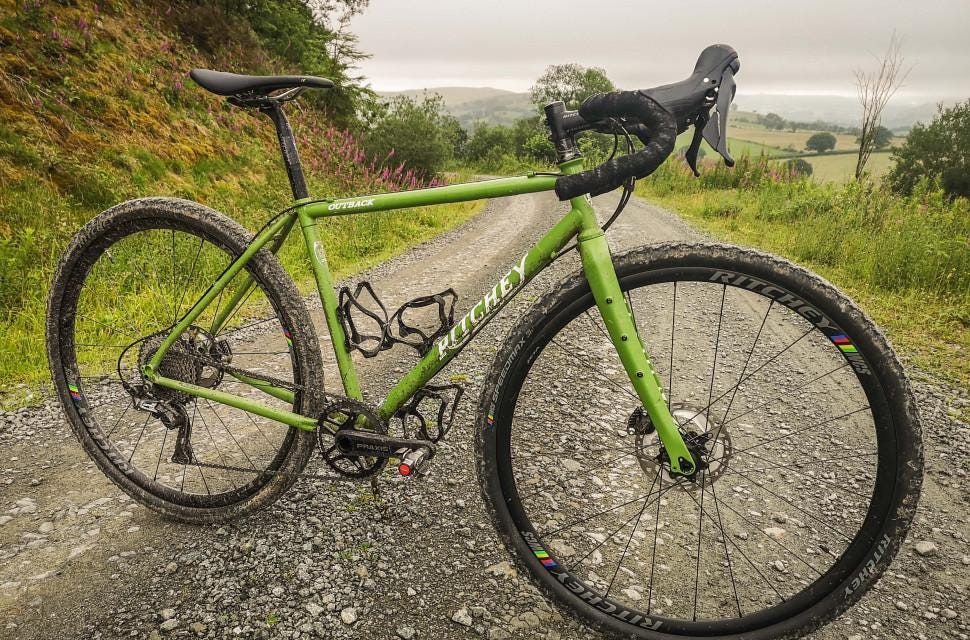Gravel biking usually involves riding a drop-bar bike on unpaved roads and trails. This biking style fits somewhere between road cycling and mountain biking. As Steven Rindner mentions, gravel biking can encompass diverse types of terrain, starting from actual gravel to wooded single-track. Versatility is an important aspect of gravel riding. People interested in this biking style can engage in remote and demanding endurance racing, or go on super-chilled social rides, depending on their preference.
Steven Rindner offers a general overview of gravel biking
A lot of people credit the United States as the origin of gravel riding. After all, this country does have long, remote stretches of unpaved roads that effectively bridge the gap between cyclo-cross racing, mountain biking and road cycling. However, the oldest off-road cycling club in the world was established in the United Kingdom, way back in 1957. This demonstrates that there likely is to be more than a single origin for the cycling discipline now known as gravel biking.
Gravel riding or biking allows many riders to hone their passion for adventure and exploration. For many, it also provides a great opportunity to explore a new racing style. The varied terrain provides many riders with an interesting shift from the usual focus on the speed of road cycling, as well as a respite from traffic. Moreover, as mountain biking has evolved to become more specialized and extreme over the recent years, gravel biking has emerged as a more accessible discipline where riders can effectively head out straight from their front door. Such riders can get the chance to explore further afield and enjoy trails that would be relatively tame by contemporary mountain biking standards on rigid, drop-bar bikes. The geometry, gearing and tyre clearance of gravel bikes are specifically designed to address the demands of off-road riding. Even though it is not essential that one uses such a bike to ride off-road, they can certainly make the ride much more comfortable and enjoyable.
A large number of gravel riders started out on modified cyclo-cross, mountain or touring bikes. However, as the gravel riding trend gained traction, the mainstream bike industry recognized its potential and started developing specialized gravel bikes. This shift played a vital role in establishing gravel riding as a prominent global cycling discipline.
In many ways, the United States is considered to be the spiritual home of gravel biking, as almost a third of its 4.1 million-mile road network is unpaved. Gravel biking and associated events have especially become popular in North America, due to an abundance of great gravel roads from the Midwest prairies to the Colorado Rockies. Here one is quite likely to find routes linking up dirt doubletracks, forest fire roads, flowy singletrack, farm roads with sections of tarmac in between, and more, instead of long stretches of pristine gravel roads. In the opinion of Steven Rindner, much like mountain biking, trail conditions and weather significantly impact where one goes for gravel biking. Better draining areas are good for year-round riding. However, boggier trails are best left for the dry summer months.


